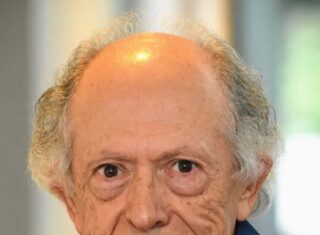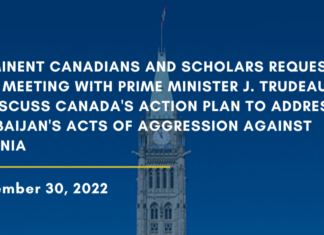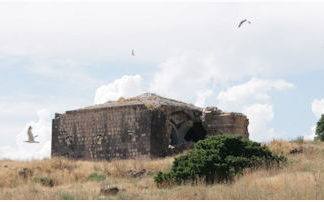To the Editor:
I read with considerable interest in the May 2 issue of the Mirror-Spectator “ALMA Chairman Haig Der Manuelian Speaks at Society for Armenian Studies 35th Anniversary Banquet,” which included some of Der Manuelian’s recollection of the early days of Armenian Studies in the US and, thus, early days of the National Association for Armenian Studies and Research (NAASR).
As one of the three original founders of NAASR, with Arra S. Avakian and Thomas T. Amirian, I, too, remember those times with clarity and vividness, including the role of Der Manuelian, one of the first nine founders of NAASR. He is correct to identify the vital part played by Prof. Richard Frye, who was a catalyst for NAASR and for the establishment of a chair (endowed professorship) in Armenian Studies at Harvard University. There are others whose important roles must also be remembered.
In April 1954, when I was chairman of the Program Committee of the Boston branch of the Armenian Students’ Association (ASA), I invited Professor Frye to address our group. I was taking a class in Middle Eastern History with Professor Frye at that time in the course of my graduate studies. His talk, before a capacity audience, titled, “The Study of Armenian History, Language, and Culture — It’s Need and Importance,” called for the establishment of Armenian Studies on the same footing as Persian, Arabic and other regional studies and for the elimination of Armenian-Americans’ “ghetto mentality.”
In the weeks after Professor Frye’s talk, I spoke with Arra Avakian, who had taught Armenian History in Harvard’s Extension School, and Thomas Amirian, who shared my enthusiasm for what Frye had said. As it happened, one day I encountered Van Aroian, who is today on NAASR’s Board of Directors and who was also a student of Professor Frye’s, leaving the latter’s office. I learned that they had been conversing about the need for a chair in Armenian Studies. I had noted the emphasis Frye had placed on the role of Armenia and in the Middle East and had wondered at his interest in the subject. We also discussed the issue of the need for a permanent program in Armenian Studies at a leading university.
Soon after this conversation, on April 29, 1954, I sent a long memo to Frye outlining a possible course of action towards the achievements of the goal establishing a program in Armenian Studies at a leading university such as Harvard.









